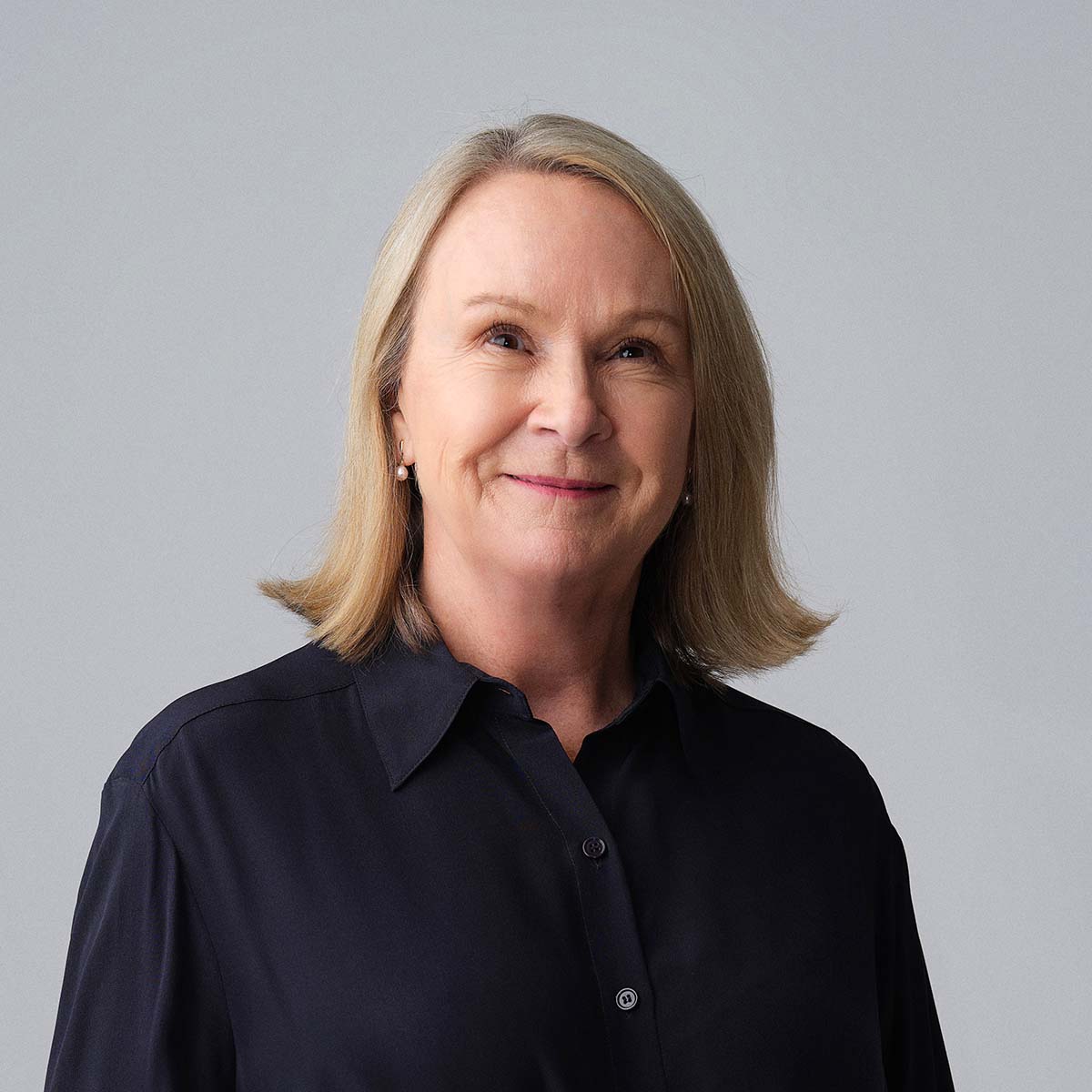Building a Town Square for NRENs
On August 30, 2024
In 2015, CEOs of various national research and education networks (NRENs) around the globe came together with a desire to raise awareness about the impacts NRENS have on their nations’ respective research communities. Australia’s NREN AARNet supported developing a website that would showcase research highlights and other innovative achievements enabled by NRENs globally. AARNet’s Jane Gifford was inspired to model the site after the popular blog, Humans of New York, to give voice to the diverse perspectives of NRENs in different countries.
What was your motivation for getting this blog going, and how were you able to get so many NRENs to participate?

Jane Gifford, Director Marketing and Communications
at AARNet, Australia’s Academic and Research
Network.
She is leading the In The Field blog project bringing
to life a global collaboration platform for showcasing
stories about inspiring people & projects enabled by
the world’s 120+ NRENs.
She has worked in Australia and internationally
including a. o. BBCTV, the University of New England,
British Vogue, Vogue Australia and Architectural
Digest | Foto: Benny Capp
A global outlook and the ability to overcome the tyranny of distance of Australia’s geographical location by connecting our researchers and educators to the rest of the world is fundamental to AARNet’s existence. Being a globally focused organization has always been part of our philosophy. In 2014, members of the Global NREN CEO Forum asked their respective communications staff to collaborate and produce a series of case studies that highlight the importance of global connectivity to governments, funding agencies and other stakeholders.
After we produced a couple of case studies, I started thinking, “we should just do a website,” because I was comfortable managing that and knew it would have more reach than sending out individual PDFs of case studies, and we could include a greater variety of stories and topics. I wanted this to be a grassroot communications initiative, so I pitched it to several NRENs, including GÉANT (the pan-European network) and its MarComms special interest group whose members are from all around the world. Everyone thought it was an excellent idea and wanted to participate. The Global CEO Forum CEOs endorsed it and the contributions came rolling in from NRENs in Europe, Latin America, North America, Africa and the Asia Pacific. In fact, we had more than 100 stories on the blog within a couple of months, and the site quickly outgrew what it was initially envisioned to do, so we rebuilt it a couple of years later into what it is today. We’ve been able to keep up external engagement because we designed it as a tool for NRENs across the globe to use as they need to. Whether it is technical staff, a communications person at an NREN, or the CEOs themselves, they have a place to find and tell stories about the global nature of NRENs.
Why do you feel it is important for NRENs to have a space like this? What added value do you think In the Field brings to NRENs? What about more general readers outside the industry?
There isn’t a one-size-fits-all answer for the larger community. For instance, it is a useful tool for emerging NRENs, because they often do not have a full communications staff to support them. In many cases, they are just beginning to talk to their governments about setting up their network, and they can use stories on the blog as a way to point to innovations happening elsewhere to show what is possible. But staff at established NRENs also regularly send me feedback about its value in providing supporting materials when they are talking to key stakeholders and funding agencies. While we do not consider the general public our target audience, we publish these stories so that if they come by the site, they can learn a little more about what a research and education network does and how it connects to research in their home region and globally.
How have you been able to maintain a consistent tone for blog when it is coming from so many different places? What do you consider the biggest success of In the Field to date?
At the beginning, I agonized a lot over editing, and tried to focus the bulk of the stories on the people benefitting from a technology rather than the technology behind it. Not only was that labor-intensive for me, it also did not cover the full range of NRENs’ communications needs. I might choose to do some light rewriting to focus on the outcome a little more. We are also proactive – we will seek out content from the NRENs’ own websites and put together short summaries to post on the blog and share that with them, and they appreciate that.
As for measuring success, I think one of the biggest achievements with In the Field is that it serves as a true example of collaboration. Both technical staff and communications and marketing employees from many NRENs have been involved in contributing and promoting content for the site. And that collaboration is truly global, which demonstrates the true global nature of collaboration between NRENs. We’ve highlighted interesting news around 109 NRENs across about 450 articles, and many of those articles are timeless—they are as interesting now as they were when they were first published because often, they are talking about large scientific projects that run over a long period of time. Our site’s articles show the breadth of activities NRENs are involved in and the value they provide for research and education sector and society more broadly. It is a great place to show what we all do in a meaningful way.
Interview by Eric Gedenk
Find more exciting research stories from all over the world on the In The Field blog